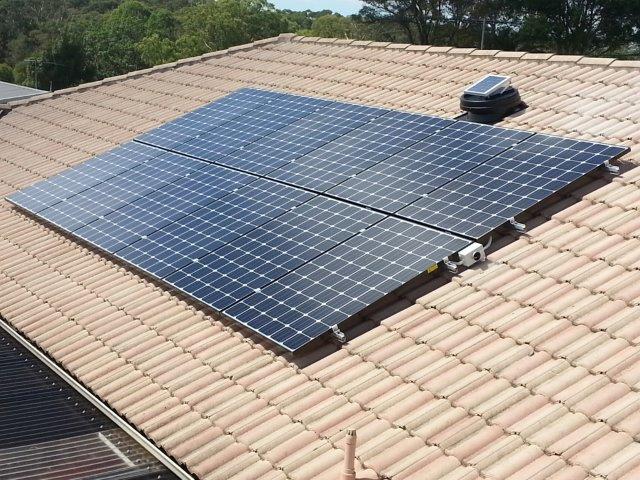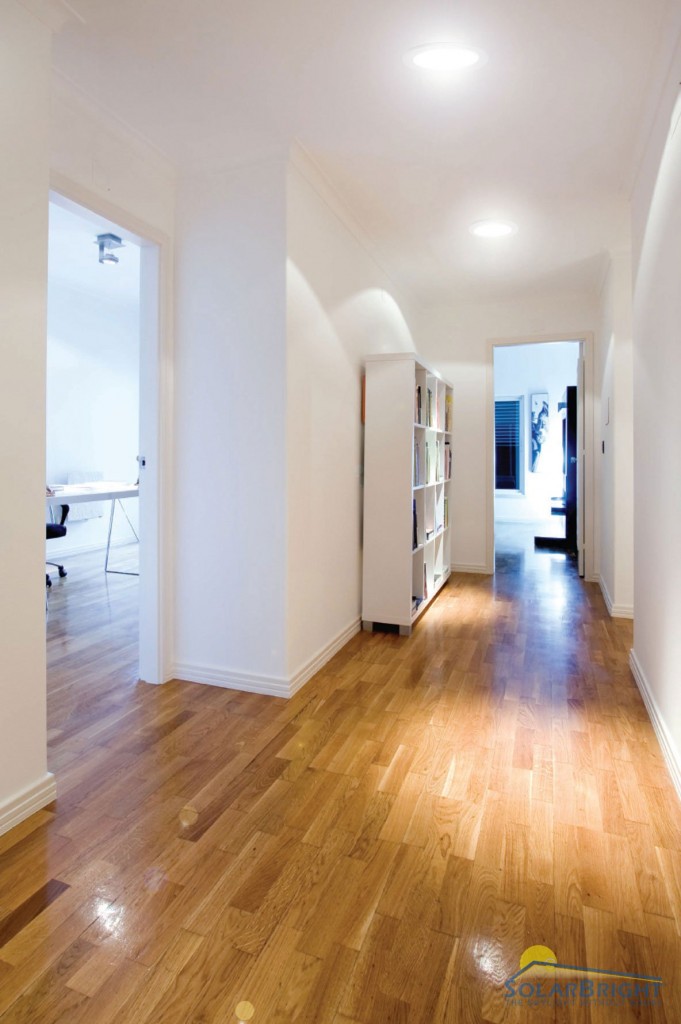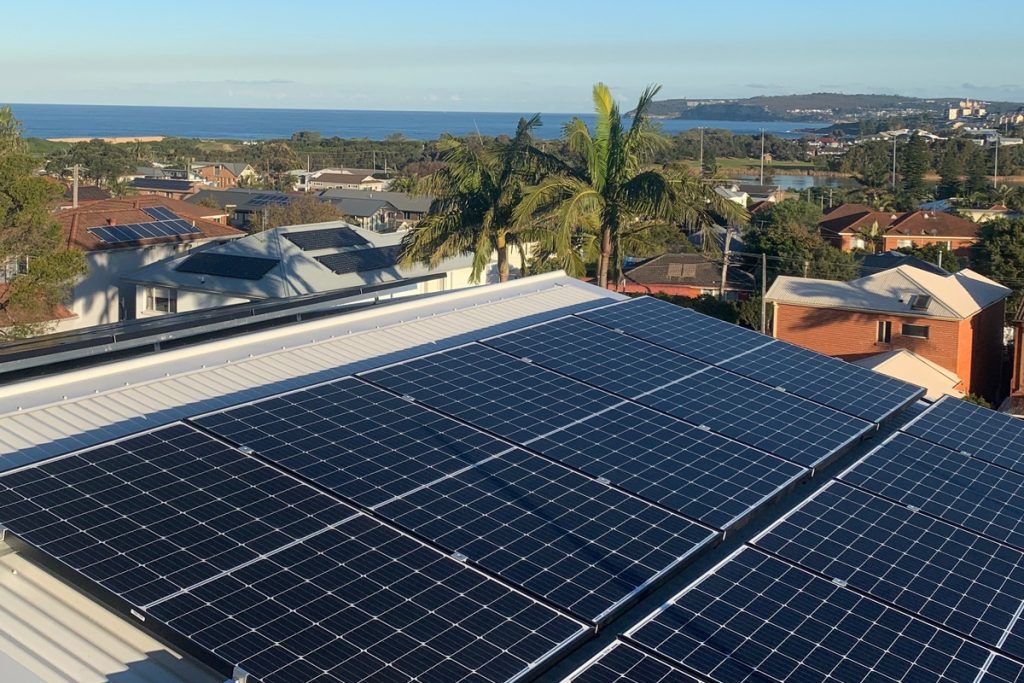Switching to solar is a terrific idea for most Australians. You’ll save money on electricity bills, there are generous government subsidies available, and most standard systems pay for themselves in around 3 years. Even better, you’re making a positive contribution to the environment. However, that’s not to say you’re guaranteed to have trouble-free solar panels.
Even the very best and most reliable brands can be subject to damage, improper installation and general degradation. Improper installation is best avoided by not choosing the cheapest systems offered. The good news is that most problems with correctly installed solar panels in Australia can be solved relatively easily if you know what to look for.
Dirt And Grime
One of the most common reasons that your solar panels aren’t performing efficiently as they should is a build-up of dirt or grime. Like any item that’s left outdoors, solar panels are subject to dust, dirt and other debris gathering on them. This can affect the efficiency of your panels.
Common issues include dust, bird droppings, leaves and ash from nearby fires. It’s recommended that your solar panels are cleaned at least once every 12 months, if not more frequently. Rain does a lot of the work for you, but it never hurts to give them a clean every now and again. If you can access your solar panels, just use warm, soapy water without harsh chemicals. This is more than enough to clean them.
Flat roof mounted panels this is especially important. Being flat they naturally collect more grime and this can effect the output of the system if they are not cleaned.
If you can’t reach your panels, you can use a hose from the ground if that’s practical. Otherwise, contact your installer because it’s likely they offer a cleaning service or be able to recommend one they know.
Birds
Believe it or not, birds can cause havoc with solar panels if left unchecked. If your solar panels are mounted on the roof, birds can build nests underneath them. This isn’t a problem in itself, but if birds are near your panels regularly, they’re likely to scratch them or even damage the wiring. If you notice birds or nests, it’s a good idea to call a pest control expert.
Alternatively, you can take precautionary measures by installing mesh wire or other forms of bird deterrent. This is easiest done at installation time. There are ways to prevent birds from nesting under our solar panels without causing harm to them.
Potential Induced Degradation
If you’ve noticed a significant decrease in the amount of electricity your solar panels are producing, it could be down to the PID effect, or Potential Induced Degradation.
This means you’ve got a difference in voltage between the solar panel and the earthing, and this causes a partial voltage discharge. Basically, you’re losing an amount of voltage, and it’s also potentially damaging the long-term effectiveness of your panels.
Because this issue isn’t obvious to the naked eye, you’ll need to call your trusted solar professionals to inspect the problem for you
Issues With Your Inverter
Solar inverters have the crucial task of converting direct current (DC) energy from your solar panels to alternating current (AC) energy that your home uses. As a vital part of the system, you’ll certainly notice if there is a problem.
Inverter technology has improved over the years, however, inverters still usually don’t last as long as your panels. You may find you need to replace the inverter in around 15 years, rather than the 25 years that your solar panels are expected to last.
The great thing is that most modern inverters have very clear displays where you can see the errors that are occurring. Always check the error messages against your user manual, and it should be quite easy to work out what’s going wrong. One of the most common inverter problems is following a blackout; the breaker may be automatically turned to the OFF position, so always check this first.
All good inverters sold today come with a monitoring app that can be set up on your phone so you can monitor the production levels of the system. You can set the app up to send you an alert if there is an issue with the inverter.
Looking For Solar Panel Experts?
If you’re looking for high-quality solar panel installation in Sydney, then look no further. SolarBright is here to take care of all your solar needs, including solar panels, inverter and battery installation and solar hot water systems. We offer a full set of solar services for all residential and commercial properties. To find out how much you can save by making the switch to solar, contact the friendly team at SolarBright today for your free consultation.
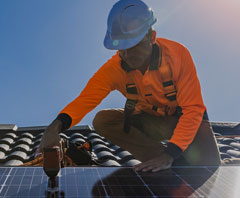
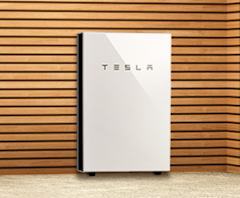
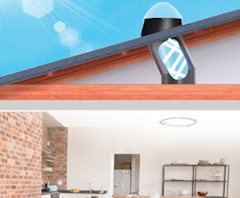
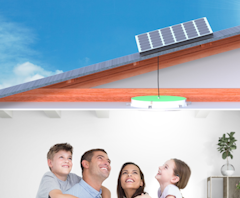
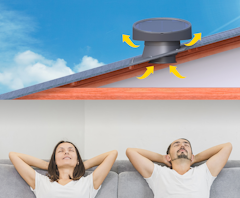
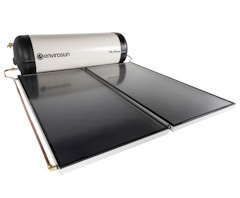
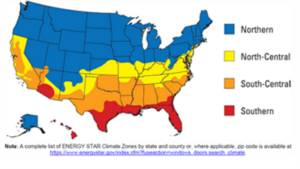
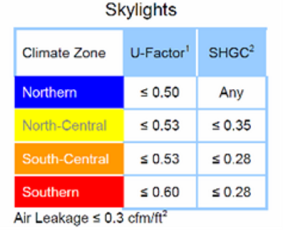
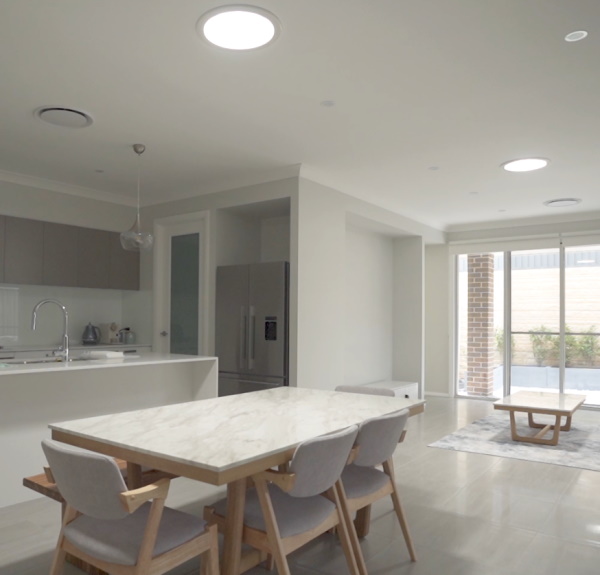
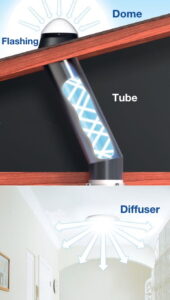
 MaxLight Tubular Skylights In a Dining Area
MaxLight Tubular Skylights In a Dining Area